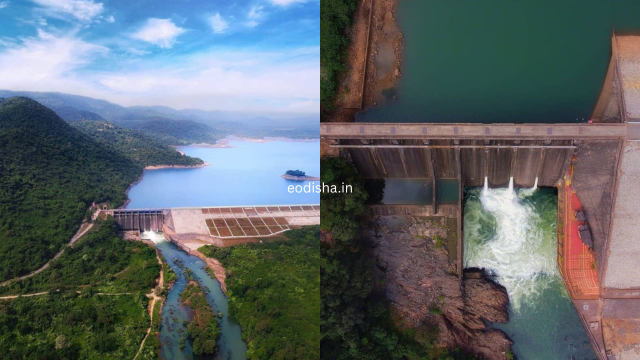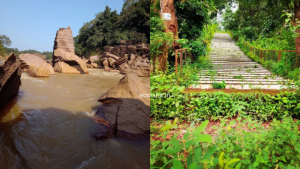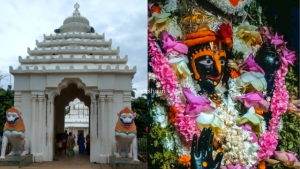Hadagarh Wildlife Sanctuary is a beautiful forest area located in Keonjhar district of Odisha. It covers around 191 square kilometers of land and is home to a variety of wild animals, birds, and plant species. The Salandi River flows through the sanctuary, and the Salandi Dam (also known as Hadagarh Dam) is built across it to store water and help with irrigation.
The sanctuary is full of hills, rivers, forests, and open spaces, making it a peaceful place for nature lovers. It is one of the lesser-known eco-tourism spots in Odisha, perfect for those who enjoy calm, greenery, and wildlife.
Contents
History
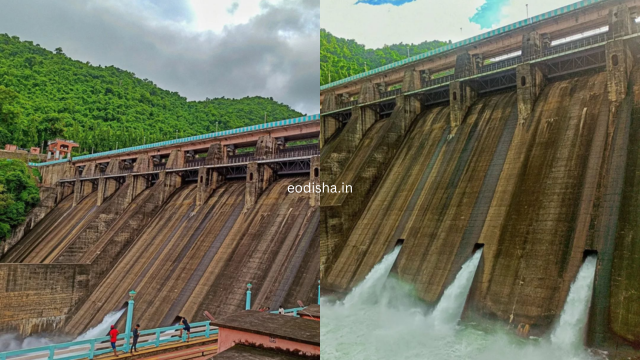
The Hadagarh region was once a dense forest with rich biodiversity. To protect this valuable natural habitat, the area was declared a wildlife sanctuary in 1978. The Salandi Dam was constructed to manage water for agriculture and protect nearby villages from floods.
The region is also part of the elephant corridor connecting different forests in Odisha. Elephants frequently move through this region, making it an important conservation zone. Over time, Hadagarh has become known for its efforts to protect wildlife and promote eco-tourism.
Price & Ticket
-
Entry Fee: Usually no fixed entry fee for visitors. However, in some seasons or for certain activities, small charges may apply.
-
Vehicle Entry: May require a nominal fee for private vehicles entering forest zones.
-
Opening Hours: Open from 6:00 AM to 6:00 PM.
-
Permissions: For photography, videography, or research, prior permission from the Forest Department is advised.
Best Things to Do
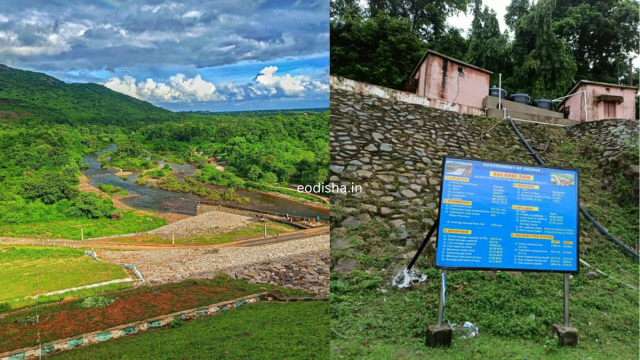
-
Wildlife Viewing
Spot wild animals such as elephants, deer, wild boars, jungle cats, and peacocks. -
Bird Watching
The area is home to several local and migratory birds, making it a great place for bird lovers. -
Visit Salandi Dam
Enjoy calm views of the water reservoir surrounded by hills and forests. -
Trekking and Forest Walks
Explore walking paths within the sanctuary and experience the rich forest landscape. -
Photography
A great location for nature, wildlife, and landscape photography. -
Picnic with Family
There are quiet and scenic spots near the dam ideal for a peaceful picnic.
Restrictions
-
Do not disturb or harm any animal or bird.
-
Use of plastic is not allowed inside the sanctuary.
-
Loud music or noise is not permitted.
-
Cooking or lighting fires inside the forest is strictly banned.
-
Drone flying and commercial shooting are not allowed without permission.
Following forest rules is important for the safety of both visitors and wildlife.
How to Reach
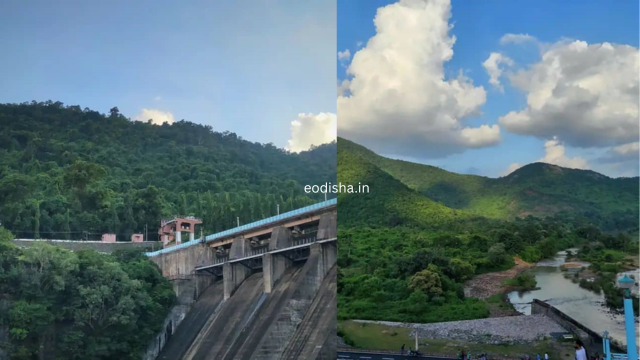
-
By Road:
Hadagarh is about 35 km from Anandapur, and around 160 km from Bhubaneswar. You can hire a private car, taxi, or local bus to reach the area. -
By Rail:
The nearest railway station is Jajpur Keonjhar Road Railway Station, located about 80 km away. -
By Air:
The closest airport is Biju Patnaik International Airport in Bhubaneswar, approximately 160 km from the sanctuary.
Once you reach Anandapur, the sanctuary and dam can be accessed by local transport or hired vehicles.
Where to Stay
-
Forest Rest Houses:
Government forest rest houses may be available near the sanctuary, but they require early booking through the Forest Department. -
Hotels in Anandapur:
Basic hotels and lodges are available for budget travelers. -
Stay in Keonjhar Town:
For better accommodation with more facilities, Keonjhar town (around 2 hours away) offers several hotels and guesthouses.
Nearby Places
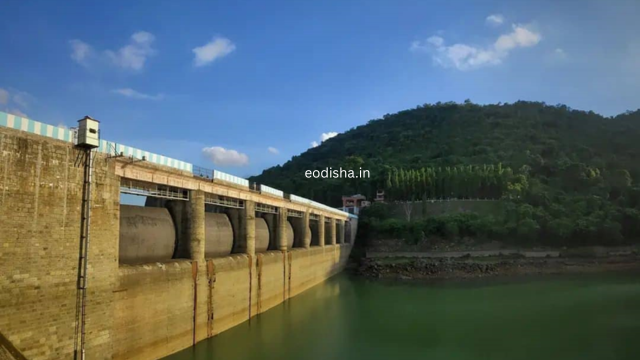
-
Gonasika – The origin point of the Baitarani River, surrounded by scenic hills and spiritual sites.
-
Khandadhar Waterfall – One of Odisha’s tallest waterfalls located in Keonjhar.
-
Anandapur Town – A peaceful small town with local markets, temples, and access to nature spots.
-
Badaghagara Waterfall – A scenic and lesser-known waterfall not far from Keonjhar.
-
Keonjhar Town – Explore tribal culture, local food, and historic places.
Frequently Asked Questions
What is Hadagarh Wildlife Sanctuary famous for?
It is known for its elephants, beautiful forest area, and Salandi Dam.
Is the area safe for tourists?
Yes, it is generally safe for visitors. Follow forest rules and do not enter restricted areas.
Can I see wild animals during a day visit?
Sightings are based on luck, but you may see deer, birds, and sometimes elephants early in the morning or late afternoon.
Is permission needed to visit?
For regular visits, no permission is required. For research or filming, permission from the Forest Department is needed.
Are food and water available inside the sanctuary?
No. Carry your own drinking water and light snacks. Please avoid littering.
Is mobile network available?
Mobile signal may be weak or unavailable in deeper forest areas.
What is the best time to visit?
Visit from October to February for pleasant weather and good wildlife sightings.
Can we camp near the dam?
Camping is not officially allowed unless you have special permission.

